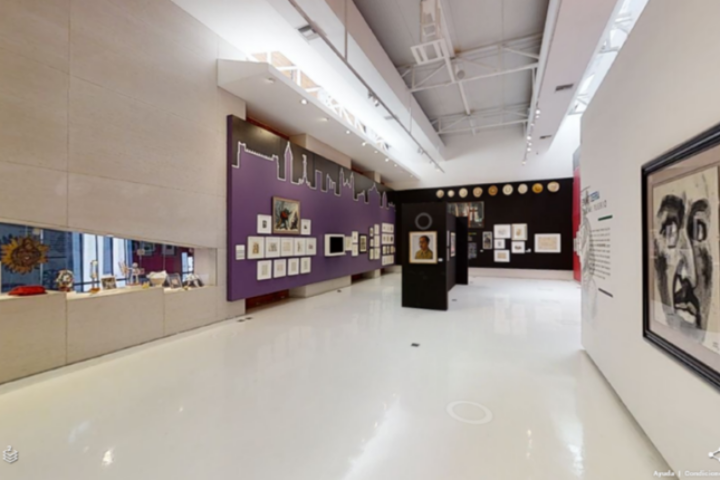
Ariadna Vargas Trejo; Jesús Adame Velázquez
Head of Educational Services for MiM; Head of Museography for MiM
Museums have no borders,
they have a network
July 29, 2021
Keywords: University museum; Visit; Public; Activity; Virtual; Virtuality; Interaction.
Therefore, in September 2020, after a semester in lockdown, we launched a new programme of remote guided visits. This programme was aimed at mainly high school groups, aged between 12 and 18 years, and university groups, aged between 19 and 22.
We brought together the Heads of the Curatorial and Education, Museography, and Heritage and Coordination departments to analyse the strategies we would implement. Our first action was to transform a narrated tour, usually given within the museum’s exhibition spaces, into a virtual activity with several parts that would allow us to interact and reflect in new ways.
Next, we established that the main goal of the project would be to incite reflection among participants, taking as a starting point our exhibition José Chávez Morado. México Bocetado (February 2020 – June 2022), a project that presents 400 works by Mexican artist Chavez Morado, and which aims to address not just his life, but the variety of techniques and platforms through which he developed his career, as an artist, professor and activist.
Through the Mexican muralism movement, José Chávez Morado succeeded in improving his own social and cultural environment. To ensure that each participant could identify with the activity by visualising simple but significant actions that could support their reality, we organised a talk session guided by thought-provoking questions on the experience that we will describe in the next section.
Virtual encounters: an opportunity to talk
We chose Microsoft Teams as our virtual communication platform as it was the one used by our students for their classes. We also used Nearpod for the interactive tools it offers.
Once the group was logged into Teams, we gave them access to the Nearpod session. We interacted on both platforms, depending on the activities to be carried out. The project then took the following format:
1. Draw My Life – Chávez Morado video, an original creation for our YouTube channel
We decided to create a short ‘Draw my Life’ video to introduce the artist’s life, due to its accessible format and vocabulary. The video redirected to the MiM YouTube channel, and we shared it with the group on Nearpod to watch it altogether.
This video was created by one of our guides, a student in a Bachelor programme in Communications, Modern Languages and Design.
2. Kahoot
We used the Kahoot platform to interact with the group through a game. By answering 10 simple questions, the participants could test their ability to retain information about the video they just watched.
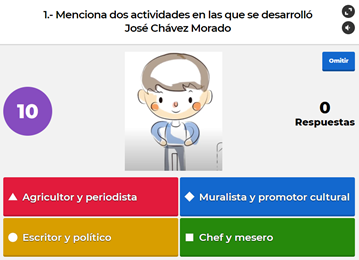
3. Virtual tour of the exhibition
We optimised our existing digital resources by using the museum’s microsite – directly connected with the University website – to provide the group with a live virtual tour and a short explanation of the exhibition for 20 minutes, during which there were scheduled breaks to address some specific aspects of the exhibition.
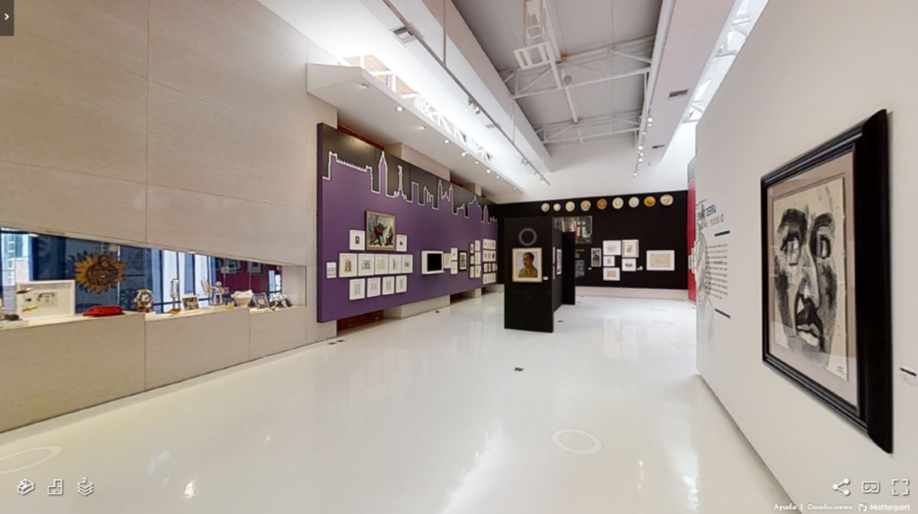
4. Memory game
We chose to sum up the virtual tour with a memory game on the Nearpod platform whereby participants linked the information received to sentences and images.
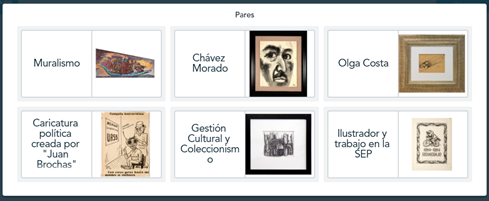
5. Thought-provoking questions
The next part of the activity was one of the most important because it enabled greater interaction with the participants. It involved three thought-provoking questions that we displayed on three collaborative whiteboards respectively.
This activity allowed participants to reflect fully on the ideas raised in the exhibition. The reasoning they shared with us, through writing and speaking, proved that it is possible to create meaningful dialogues and experiences in a virtual environment.
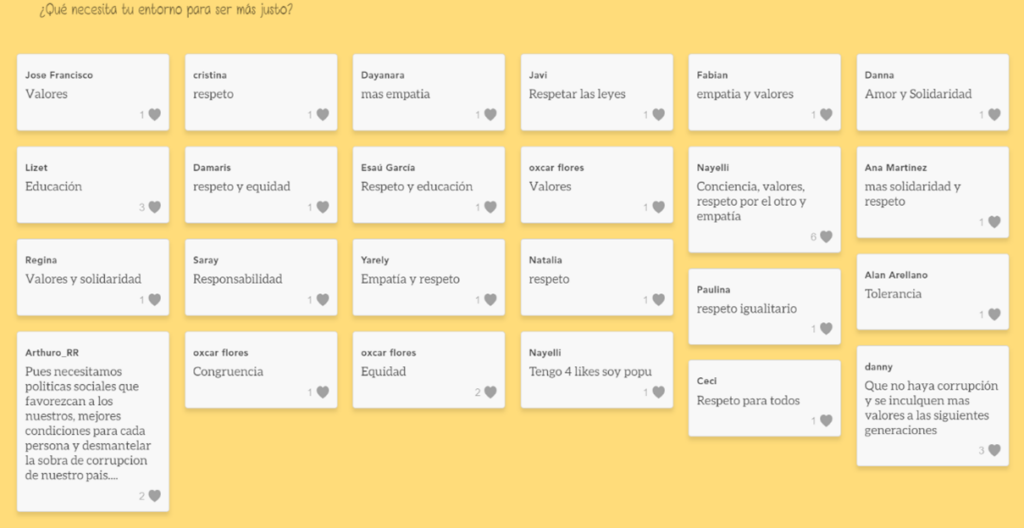
6. Close of session
Before closing the session, participants were asked to voluntarily evaluate the activities carried out by answering a question sheet. It was important to us to know if, after their experience, they felt that the activity they carried out was useful and, most importantly, if they understood the essence and importance of the knowledge on art and culture that the MiM and its collaborators provided.
After a few months of carrying out the activity with around 3,000 La Salle students, we felt motivated, enthusiastic and even more committed to generating a positive impact on students. Both the MiM core team, as well as the 25 guides who have been assisting us from 2020 to date have been learning at every step and reconfiguring the way the museum is shared with the community.
References and resources
Nearpod: https://nearpod.com/
Kahoot: https://kahoot.it/
Arevalo, A. (Coord.). 1999. Museos, eduación y virtualidad. Argentina: CECA.
Rubiales, R. 2020. [Course material]. Mediación. Cultura, Museos y Pedagogías Contemporáneas. México.
Cortés Solano, A.M. 2008. Museos, Educación y Juventud. Memorias del Encuentro Regional de América Latina y el Caribe sobre Educación y Acción Cultural en Museos. Colombia: CECA.
Video ‘El Baúl de José Chávez Morado’, by MiMuseo Universitario De La Salle: https://www.youtube.com/watch?v=fZxwfrePs38
Virtual tours of the MiM: http://bajio.delasalle.edu.mx/servicios/mim_recorridos.php
